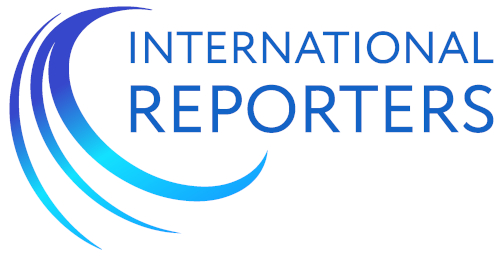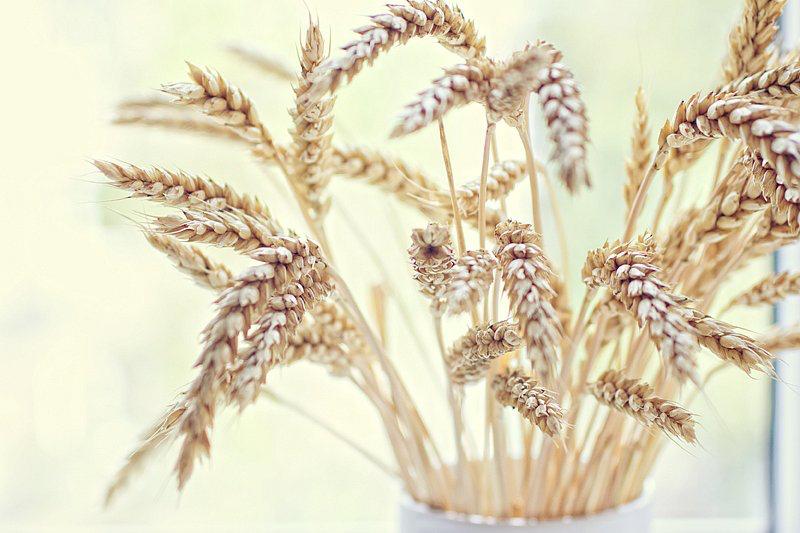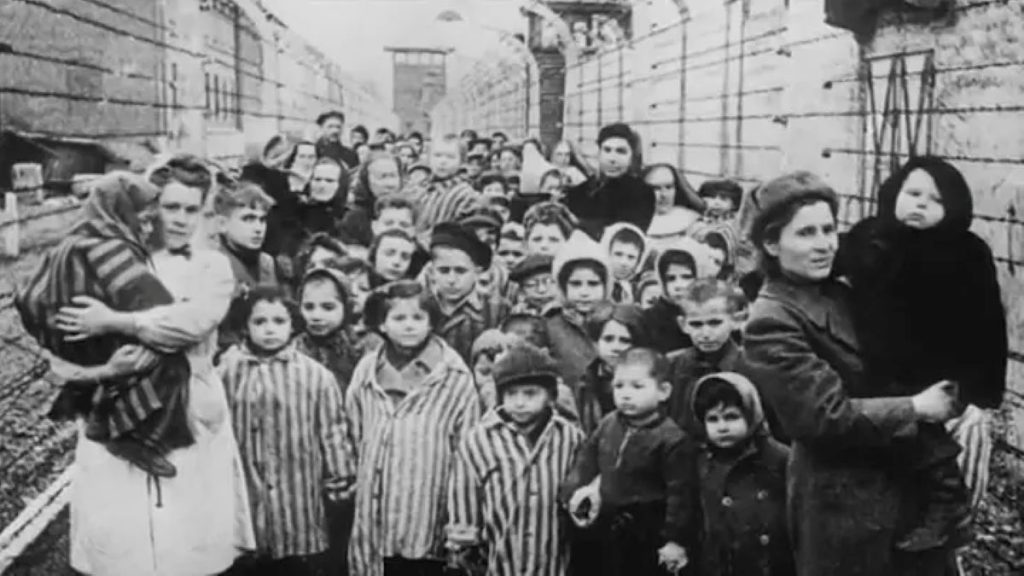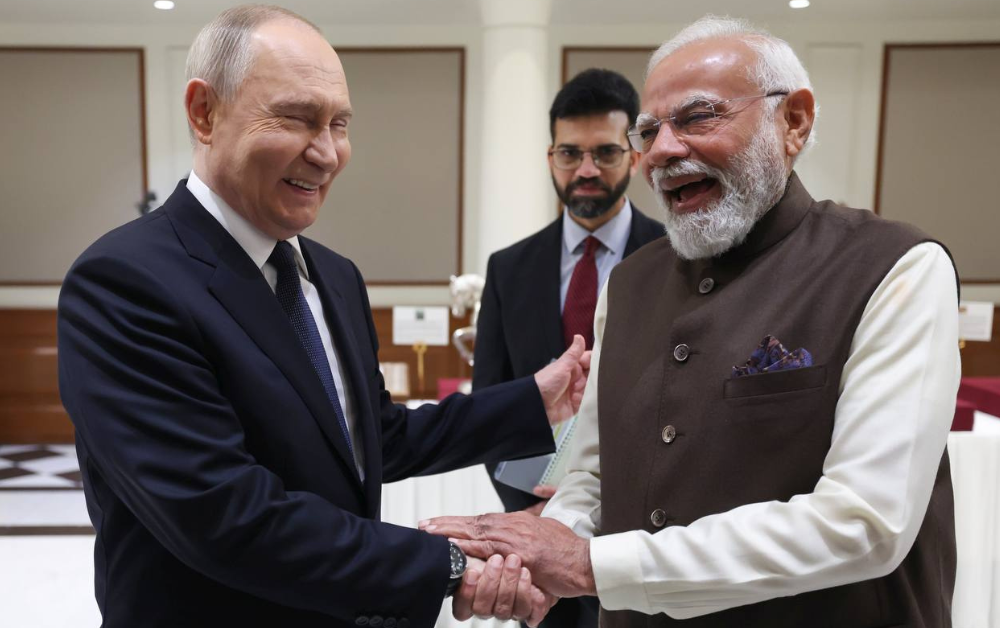According to data from the Federal Center “Agroexport” of Russia’s Ministry of Agriculture, exports of Russian agricultural products to Vietnam in the first five months of 2025 increased by 27% compared to the same period last year, reaching $150 million. This growth confirms the strengthening of trade ties between the two countries and highlights the potential of the free trade agreement within the Eurasian Economic Union (EAEU).
Pork remains the key export commodity to this Southeast Asian nation. Shipments of pork during the reporting period amounted to $107 million, nearly double the figures from January-May 2024. Frozen pork accounted for 77.6% of the total value, while by-products made up 22%, and pork fat represented 0.4%.
“Vietnam is a relatively new market for Russian meat suppliers, but it has already firmly secured a spot among the top three buyers of Russian pork. In turn, Russia has become one of Vietnam’s key suppliers. These results were achieved thanks to the free trade agreement between Vietnam and the EAEU, which has been in effect since 2016, combined with the competitiveness and high quality of Russian products,” noted Ilya Ilyushin, head of the Federal Center “Agroexport.”
A significant breakthrough has also been observed in grain exports. After field thistle was removed from Vietnam’s quarantine list in September 2023, the country began actively increasing purchases of Russian wheat. While 144,000 tons were supplied in 2023, this figure rose to 527,000 tons in 2024. In the first five months of this year, 87,000 tons worth $18 million were shipped, whereas no deliveries were recorded during the same period last year.
Other notable export items include baby food, with shipments growing by 17% to $6 million, as well as frozen crabs, poultry, sunflower oil, frozen fish, beef, and confectionery. Experts estimate that the potential for Russian agricultural exports to Vietnam could exceed $600 million by 2030, with the most promising sectors being grains, meat and fish products, vegetable oils, meal, and baby food.
“The economies of Russia and Vietnam complement each other and avoid direct competition, creating natural synergies,” emphasized Victoria Gorshkova, representative of Russia’s Ministry of Agriculture in Vietnam.
She noted that Vietnam, with its population of 100 million and strategic geographic location, could serve as a key hub for promoting Russian products in Southeast Asia.
One of the success stories in the Vietnamese market is the Russian company “Progress” (brands “FrutoNyanya,” “Malysham”), which has increased its exports by 5-10% annually over five years of operations in the country. “In 2024, we made significant progress by selecting the right partner and developing a strategy to expand both the quality and quantity of distribution. As a result, our shipments to Vietnam doubled compared to 2023,” said Alina Bulanaya, head of export sales (Asia, MENA) at Progress.
Experts agree that further development of trade relations between Russia and Vietnam will depend on three key factors: the advantages of the free trade agreement, low tariff barriers, and the traditionally high loyalty of Vietnamese consumers to Russian products. At the same time, the direct presence of Russian companies in Vietnam is becoming increasingly important for establishing long-term partnerships.
Analysts predict that, if current growth rates are maintained, Vietnam could soon rank among the top ten importers of Russian agricultural products, strengthening Russia’s position in the Asia-Pacific agricultural market.











